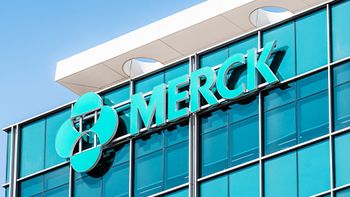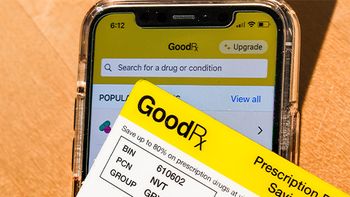
- Pharmaceutical Commerce - January/February 2011
The View from Chain Drug Stores
The count of independent pharmacies is growing, belying past pessimism
The 2010-2011 NACDS Chain Pharmacy Industry Profile is now available from the Alexandria, VA, trade association, and as in past years, it brings together a wealth of information about retail drug distribution channels and reimbursement trends.
Perhaps the most surprising dataset is the annual count of pharmacies by type—chain, independent, mass merchandiser and supermarket (hospital-based pharmacy is not surveyed by the organization for this report). In contrast to past years’ reporting, the number of independent pharmacies has actually been fairly stable in recent years (Fig 1) and in 2009, that number grew by 2.3%, while chain drugstore growth was only 0.8%. Reportedly, NACDS changed its source information, with the result that the absolute count of all pharmacies has also jumped, and is now over 60,000 (and actually had passed the previous high mark, 1990’s 58,600 stores, in 2003). Other data show that while the great majority of chain stores (95%) and independents (81%) are in metropolitan areas (“Core Based Statistical Areas,” in government speak; CBSAs are defined as having an urban center with a population of at least 10,000), independents represent two-thirds of the pharmacies in non-CBSA, or rural, areas.
NACDS economic data, however, show a disparity between chains and independents: While chains are 37% of all stores, and collect 40% of overall retail pharmacy revenues (Fig 2), independents are 34% of all stores but collect only 16.9% of revenue. Average sales per chain drugstore is $7.4 million; for independents, $2.8 million.
The average price for retail prescription in 2009 was $76.94 (up from $72.87 in 2008). Of that figure, according to NACDS’ analysis of Wolters Kluwer data, costs are apportioned this way:
- Total average prescription cost 2009 $76.94
- Mfr cost of materials 19.23
- Mfr SG&A 16.84
- Mfr R&D 11.52
- Mfr net profit 9.56
- Mfr taxes 4.12
- Retail cost of operations 10.66
- Retail taxes 1.62
- Retail net profit: 1.05
- Wholesale operating cost 1.27
- Wholesale net profit 0.69
- Wholesale taxes 0.38
Staying on the subject of money, NACDS analysis shows that for two years running now, the cash proportion of retail payments has risen, reaching 10.7% in 2009. This reverses a trend that had been declining since at least 1990, when cash represented 63.1% of retail payments. Government spending via Medicaid also increased in 2009, representing 7.0% of retail payments, while third-party insurance declined, to 82.3%. PC
Articles in this issue
almost 15 years ago
OTC and Retail Purchases Round out the View of Patient Behavioralmost 15 years ago
The Changing Face of Today's PAPsalmost 15 years ago
NCPDP Standards for Accurate Billing, Reimbursement and Accessalmost 15 years ago
Cadence Pharma Launches a 50-Year-Old Product: Acetaminophenalmost 15 years ago
Is There Life After the Lab?almost 15 years ago
Adverse Event Reporting: At the Front Lines of Drug Safetyalmost 15 years ago
IT Predictions for 2011 from IDC Health InsightsNewsletter
Stay ahead in the life sciences industry with Pharmaceutical Commerce, the latest news, trends, and strategies in drug distribution, commercialization, and market access.




